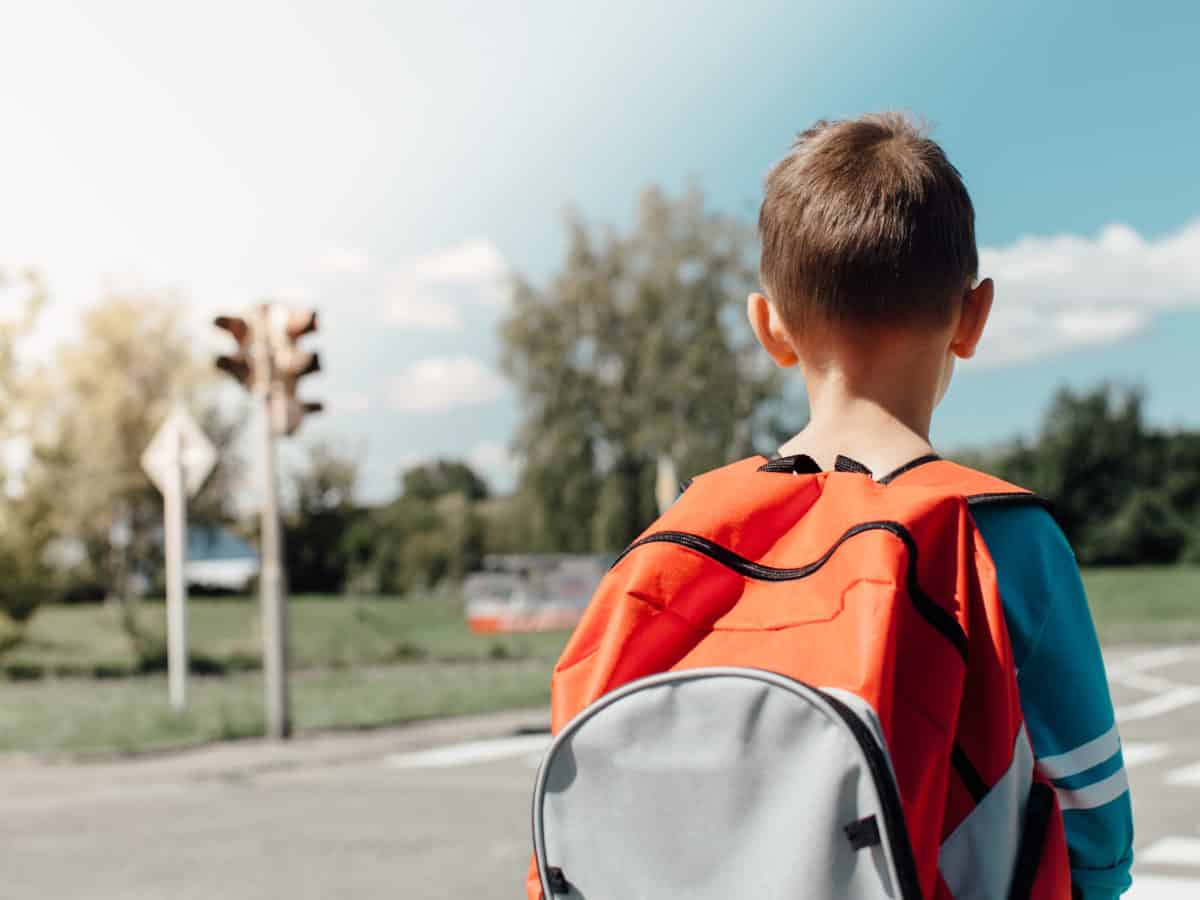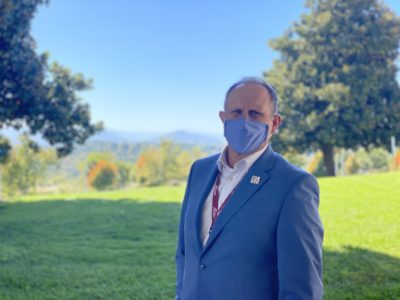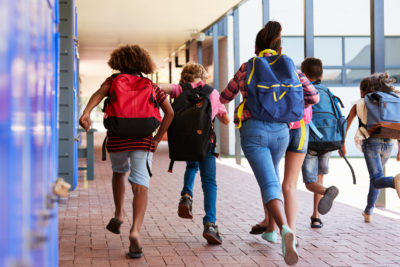
COVID-19 created one of the biggest disruptions ever to traditional public schooling. While, not surprisingly, there has been a strong desire to return to “normal,” we wanted to hear from educators whether the changes they had implemented offered new approaches to improving our schools. Over 150 educators across North Carolina responded to our survey.
Six key findings
Ownership
In relation to student learning, over 86% of respondents agreed we need to support students in taking more ownership for their own learning. Over 71% also agreed we need to create more engaging learning experiences.
In relation to ownership, one respondent wrote, “I think that we as a profession have to help our students take ownership of their own learning. We have had the ‘crutch’ of having them face to face and being able to force them to do the work. When that was taken away it was easy to see how much this has hurt them.” Another respondent wrote that this has to be taught to both educators and students.
Gaps in support
One hundred percent of respondents agreed that there are gaps in supports and resources for underrepresented students (economically disadvantaged, low performing, special needs, and English language learners).
This position was expressed in the comment: “There are very few students who do not have gaps. Districts need to be strategic about additional support to help fill those gaps without just giving everyone an IT plan and putting it all on the teachers.”
Teaching climate
In response to questions about the teaching climate, 85% of teachers indicated feeling confident about their abilities to try new things in their classroom. One respondent described being “forever grateful for how the pandemic had forced me to try new things.”
While teachers expressed confidence at the classroom level, only 29% described feeling optimistic about the future of public education. One respondent wrote, “public opinion of educators seems to be at an all-time low when teachers are working more than ever.” Another commented that NC lawmakers are “continuing to introduce bills that will increase the burden on public school teachers and put money toward private schools.”
Teacher collaboration
The final key finding is that 94% of teachers agreed that collaborating with colleagues is an important part of their professional development. As teachers switched to online teaching and teaching from home, collaboration online played a key role. One respondent wrote, “I feel invigorated for my classroom, growth and development as a teacher and moving forward with my support network of amazing teacher leaders.”
Other findings, from social-emotional needs to assessment
Prior to the pandemic, nearly all learning occurred in face-to-face classrooms. When asked if it is important to provide students with options for whether they learn face-to face, virtually, or some combination, 59% of respondents stated they agreed. However, while one person noted that parents and students value choice, especially in high school, another expressed concern that, during the pandemic, some students made choices that were not ideal for their learning.
The pandemic highlighted that students are whole human beings with social, emotional, and academic learning needs. Over 72% of respondents agreed that “in my classroom I do social-emotional check-ins with students at least twice each week and will continue to do so in the future.”
One respondent wrote that “building honest and open relationships with my students is my teaching style.” However, another stated, “While realizing that the students’ social and emotional needs must be taken care of, it cannot be the focus of my job. Content teachers are not trained for that.” In another section of the survey on Assessing Schools, 92% of respondents agreed that, “The current assessment for how schools are evaluated should be updated to reflect the whole learner.”
The difficulties in testing students and the suspension of some standardized testing meant teachers were able to implement different types of assessment. Almost 94% of respondents agreed that moving forward, “we should create more meaningful ways for students to demonstrate their learning with less emphasis on state standardized tests.” One respondent noted, “standardized testing has a place, but it is only one piece of data.” Another suggested that tests be modified, “maybe just short check-ins/benchmarks. I think quarterly would be best; nothing cumulative over the whole year. That is way too stressful for students.”
Finally, while 88% of respondents agreed that, in the future, they want all their students to be face-to face, 83% agreed that teachers should be able to choose their teaching preference. Several respondents commented that they are good at teaching face-to-face and virtually but, having to do both at the same time did not work well for teachers or students. Although 82% of respondents agreed that they prefer to be in the school building to get work-related tasks accomplished, 86% supported teachers having a choice.
Moving forward
In conclusion, we identify the following four main changes to improve our schools:
- Create classrooms that are more student centered, focused on engaging work and meaningful assessment.
- Address the opportunity gaps that were already present prior to the pandemic.
- Support new and collaborative approaches to school improvement vs a compliance model.
- Value educators and trust in their professional judgment to help lead school improvement.
Click here for the full report, Changes to Teaching and Learning from COVID 19.





